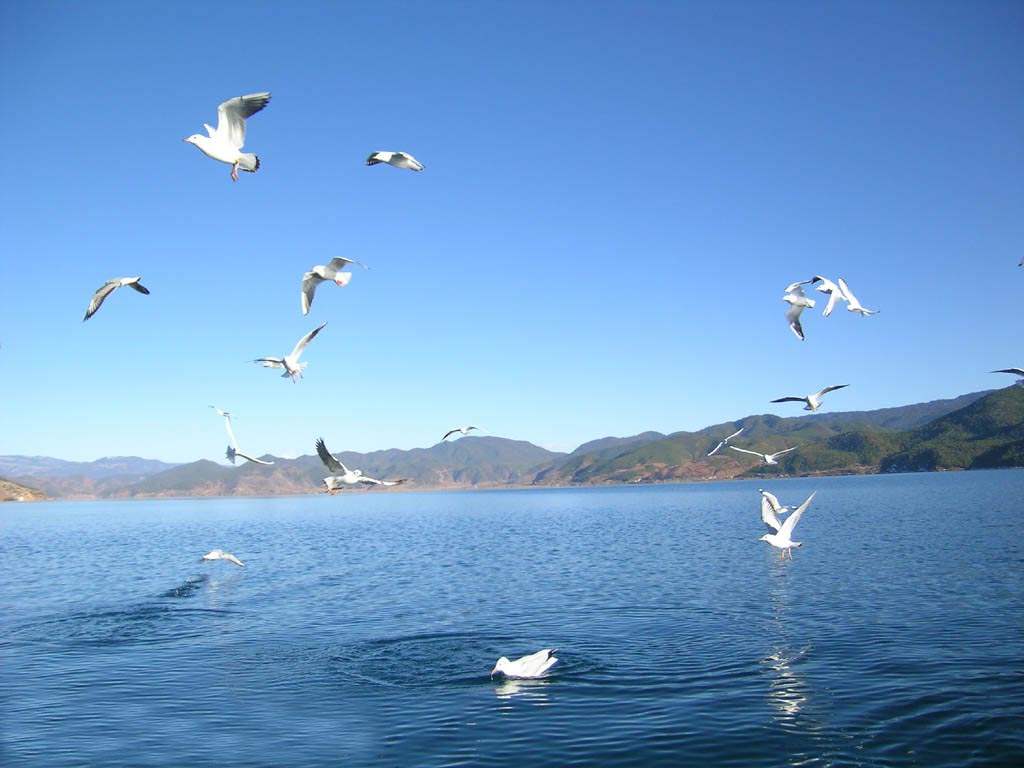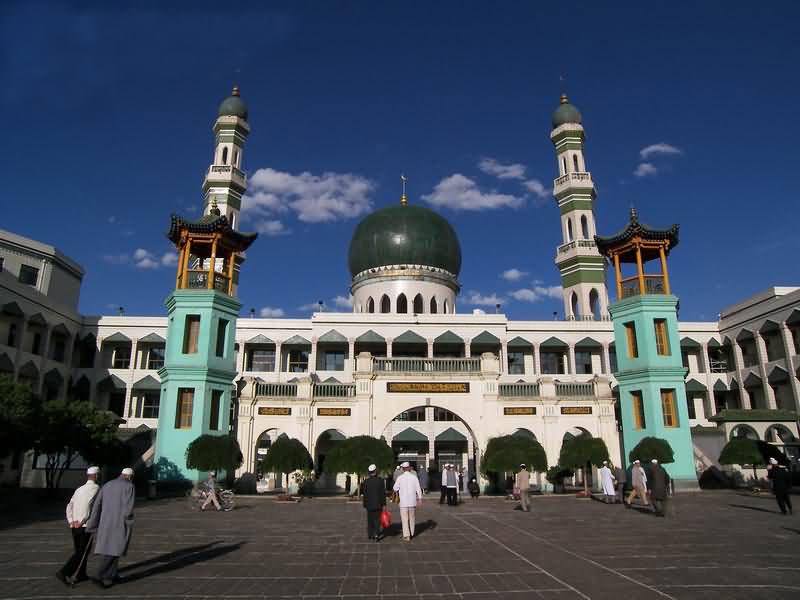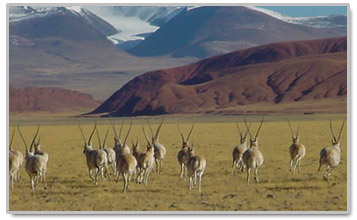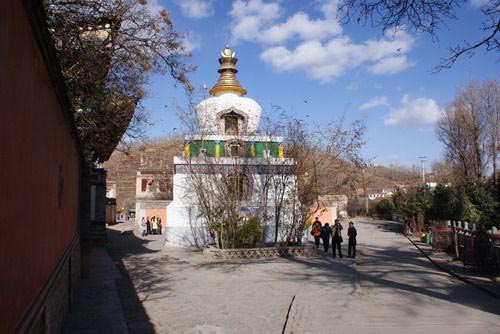Qinghai Tourism
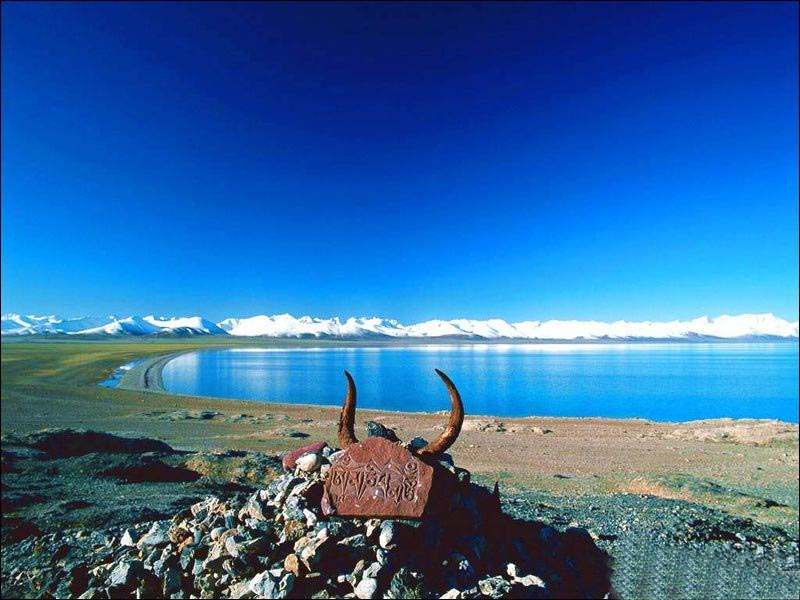
-
Province:Qinghai (Chinese: 青海, Pinyin:Qīnghǎi)
-
Population :5,390,000
-
Area :721,000 square km (278,000 sq mile)
-
Overview:Qinghai is located on the northeastern part of the Tibetan Plateau. The top attraction is Qinghai Lake, the largest saltwater lake in China.
Overview
Situated on the northeastern part of the Qinghai-Tibet Plateau, Qinghai got its name from the Qinghai Lake, which is the largest saltwater lake in China. The Yellow River originates in the middle of Qinghai, while the Yangtze and Mekong have their sources in the southwestern part. Stepping into Qinghai, you never in your wildest dreams imagined as such a place with diverse culture and spectacular sights.
Know More
A brief history
A large part of Qinghai, historically called Kokonor/ Koknor in English until the early 20th century, lies outside of China proper and has been an ethnic melting pot for centuries, mixing Tibetan, Han Chinese, Mongol, and Turkic influences. It was a battleground during the Tang and subsequent Chinese dynasties when they fought against successive Tibetan dynasties.
Prior to 1724, most of this area that is now Qinghai was under Tibetan control, but in that year it was conquered by Qing Dynasty. Following the defeat of the Dzungars by the Qing in the mid 18th century, the area became home to peoples from what is now northern Xinjiang known as the Kokonor Mongols (Kokonor is the Mongol language name of Qinghai).
In 1928, Qinghai became the primary base for warlord Ma Bufang, later it became a province under the People's Republic of China in 1949.
The Tibetan Antelope
While sceneries and cultural experience in Qinghai are worth the trip alone, many visitors come to see the unique attraction, the Tibetan Antelope.
Prized for their fine wool, the Tibetan antelope population was ravaged by the 20th century due to over hunting and poaching. The Chinese government is urgently trying to stop the poaching and numers seem to be slowly rising.
Pantholops hodgsoni is found only on the Qinghai-Tibet Plateau, "the roof of the world." These graceful animals are 4m tall and the males have 50cm horns giving them a similar appearance to a gazelle. The antelope grazes 4,500m above sea level and sports a specially evolved coat to deal with the extreme cold.
However,their coat is also their curse. The fiber is fifth of the thickness of human hair and was named "shahtoosh," or "king of wools" by Persians and "ring shawls" made from the wool have been popular for over a century.
Shahtoosh's popularity led to the wholesale slaughter of the antelope and numbers dropped from around a million at the turn of the century to less than 75,000 in the mid-1990's when environmental activists lobbied governments to enforce an international trade ban on the material. Unfortuately, shahtoosh is still poached and skinned in Tibetan areas and then smuggled into the politically unstable Kashmir region for manufacture. Until governments are able ot cooperate and jointly tackle the issue of poaching and smuggling, the best that can be done is preventing international shipments.
Scientists have been working on breeding other animals with similarly fine wool and recent reports suggest the genes of a goat from Ngari Prefecture in Tibet may be the antelope's salvation.
Must see
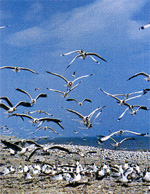
Situated on the edge of the Qinghai-Tibet Plateau and heavily populated by minority groups, Xining has earned a reputation as one the more mysterious and diverse cities in China.

